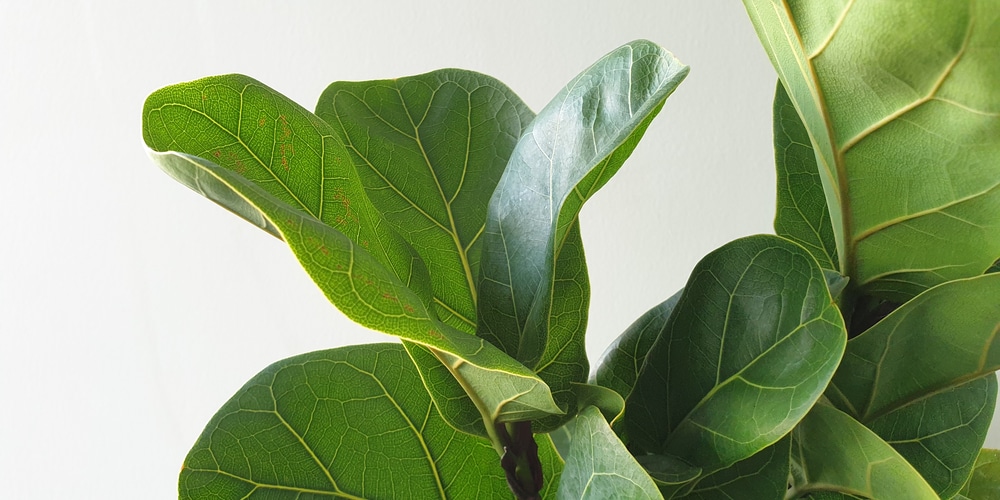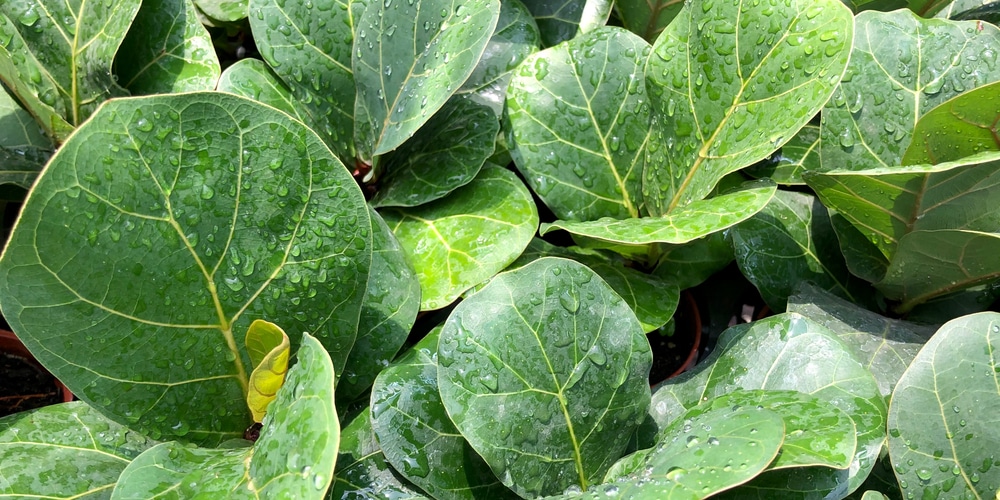Is your fig tree too leggy and you want to bring it down a notch? Not to worry, because these plants can survive and likely thrive even when you prune them heavily.
Fig trees are often pruned to improve yield amount and for aesthetic purposes in a home landscape. Read on and find out what you should do when your fig tree reaches.
How to Prune a Leggy Fig Tree

More often than not, fig tree transplants come in healthy, have a full set of leaves and are tight and compact.
However, over time and most probably due to neglect or putting it in sub-par conditions, your fig tree will become lean and start reaching for more light or nutrients.
The best time to prune a fig tree is when it’s still young and pliable. Mature fig trees won’t need as much cutting as they will assume a shape or form depending on where they are.
You can cut back an adult fig tree to make the fruits more accessible and so it won’t look out of place in your yard or garden.
It’s worth noting that the fruits grow on ‘old wood’, or growth from last season. The more branches your tree has the more likely it will produce a greater yield. To start, pinch out young shoots off young fig trees in late winter and before new growth emerges in the spring season.
It’s recommended that you remove dead foliage and stems to spruce up its appearance as well so the tree will divert its energy to more important things, like fruiting and growing new branches.
For mature trees, you’ll want to prune to keep it manageable especially if it’s planted outdoors. You can touch on the old wood to encourage more buds and get a sprawling appearance in the future.
It’s okay to trim the tree by half as it will most likely survive the cut. It’s important to note that you should do a quick inspection of your fig tree to ensure that it’s healthy and has strong roots.
You can also remove suckers, or growth that comes from the tree base to encourage the tree to form new branches at the top.
You’ll want to remove secondary branches and a few main branches and keep an eye out for new summer growth (which you’ll remove).
Pruning a fig tree offers several benefits, such as maintaining a neat appearance, keeping it from growing too tall and making it balanced.
Furthermore, you can eliminate extra leaves and branches and allow more air to flow between them. You can also shape your fig tree to assume the form you want.
Why is My Fig Tree Leggy?
Pruning a fig tree to encourage a thicker trunk and more branches won’t be enough to save a leggy plant. You’ll need to address why it became that way in the first place.
The main reason why your fig tree is leggy is because it’s not receiving enough sunlight throughout the day. They’re probably in a shaded location or underneath a structure or a larger tree, and in competing for resources they will try to ‘reach’ for more light.
Moving a fig tree so it gets exposed to full sunlight is easier if you have them in a container. For those that are planted in the landscape, you may have to dig it up and relocate it to a sunnier spot in your yard or garden.
Aside from light it’s best to put the tree where it gets plenty of room to grow. Observe a space of 15 to 20 feet between figs, or around 10 feet if you want them to grow lower and assume a bushy appearance.
As for the soil medium, you should put in lots of organic material such as well-rotted manure and compost to keep it fertile.
Newly planted trees can be cut by about half so it will focus on building strong roots. Since fruiting won’t start until the second or third year you won’t be missing out on much. You can let the fig tree concentrate on building many branches so it produces more fruit.
Fig tree too leggy: Conclusion
Prune your fig tree in late winter just before it gets out of dormancy (which may cause yellow leaves) and give it a balanced fertilizer when spring comes.
Related Article: Is My Fig Tree Dead?
